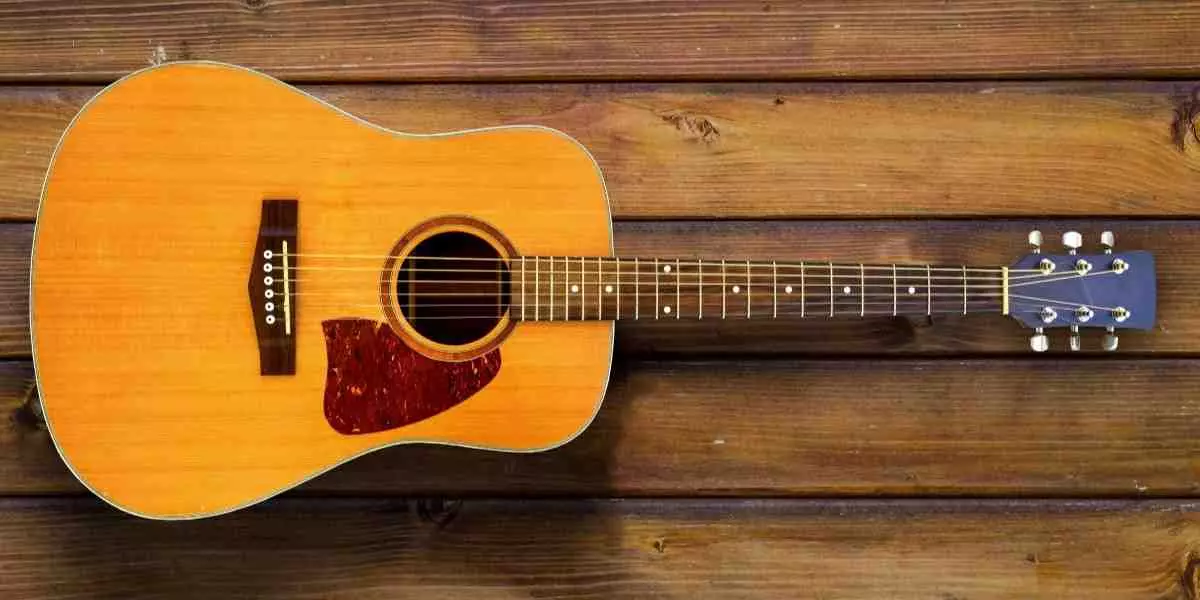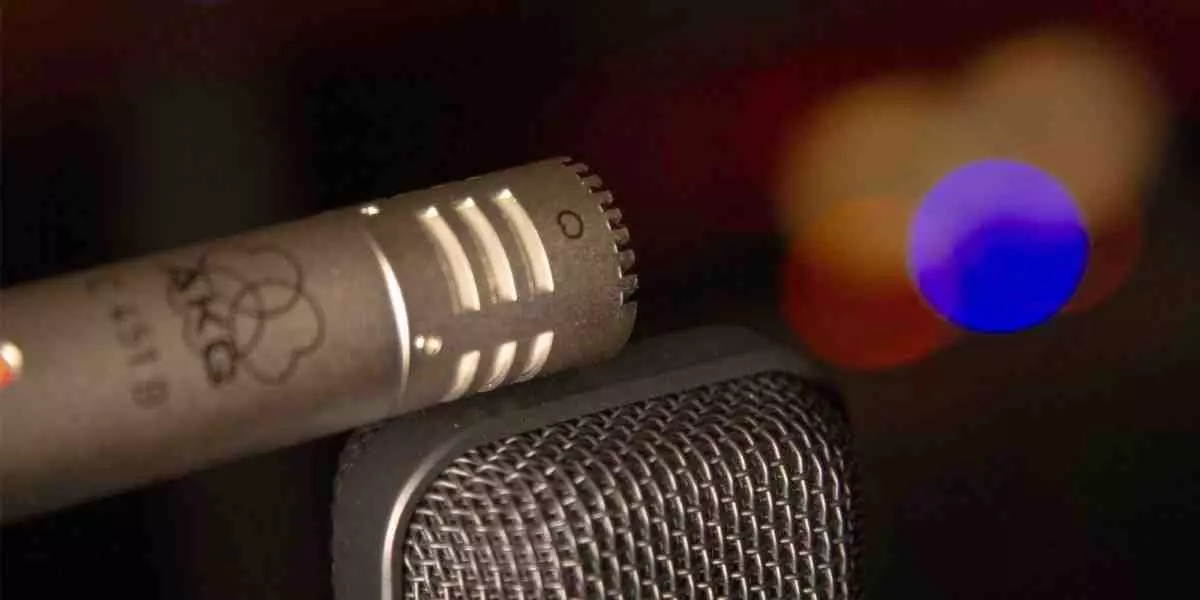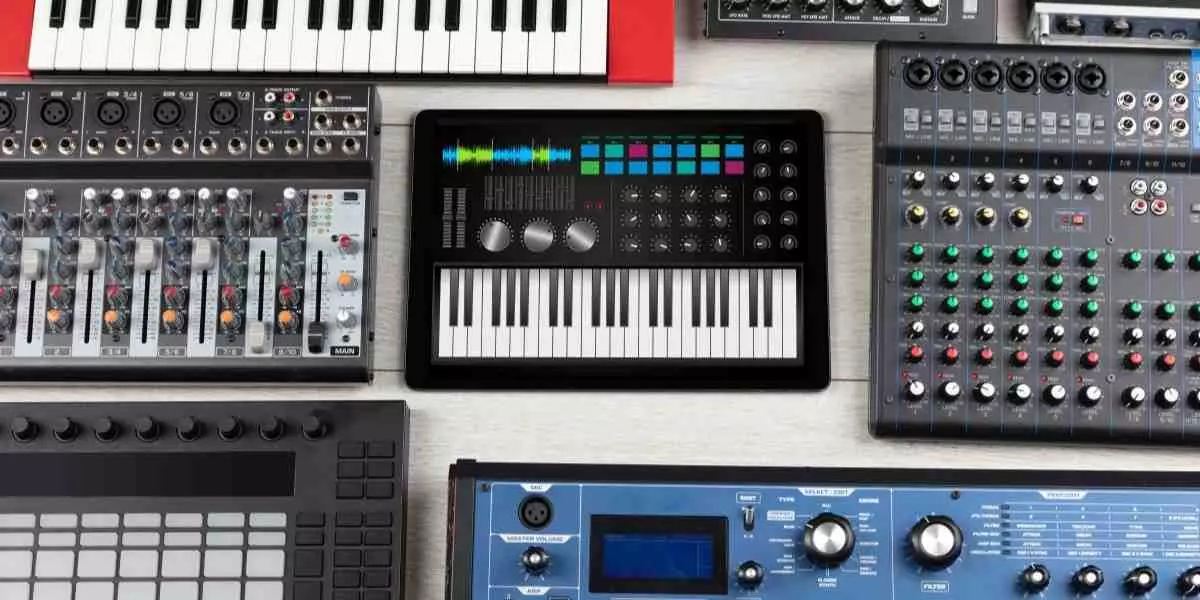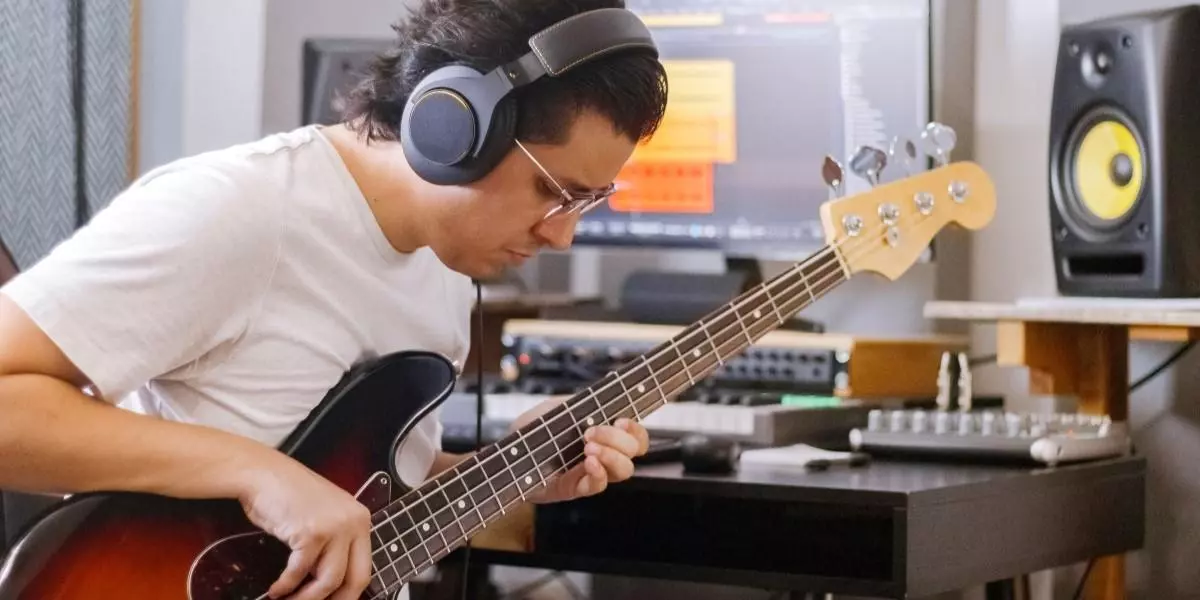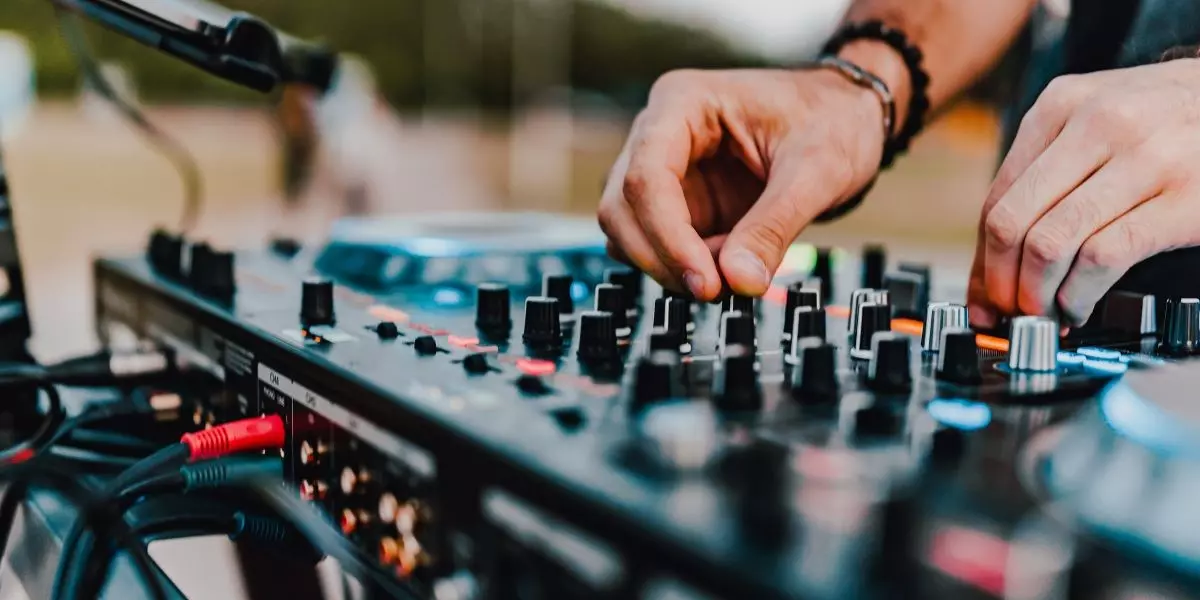Cause and Effect – Building a Pedalboard
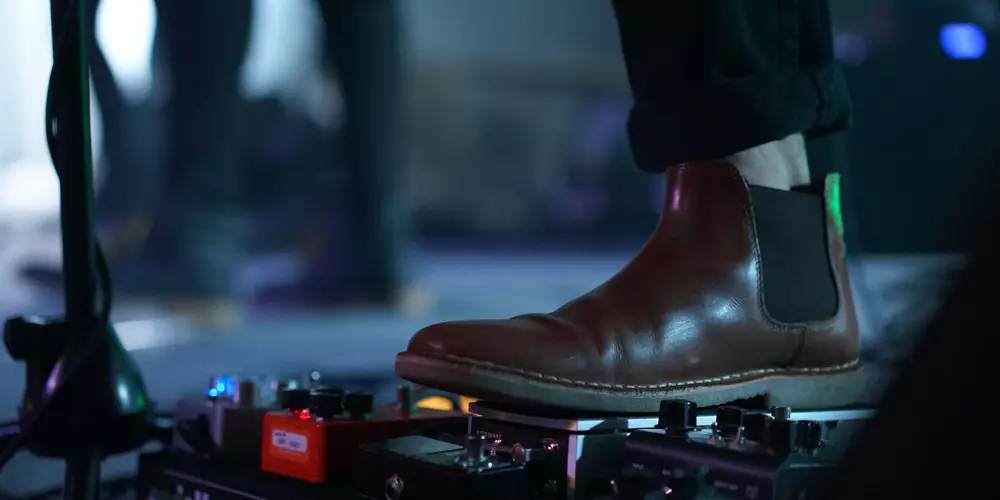
When it comes to guitar players, gear placement is a topic that pops up on a regular basis. Whether it’s finding that sweet spot when miking a speaker cabinet, having that amp at the right angle so it projects well, or daisy-chaining effect pedals and rack gear to mold your tone of choice, placement is paramount. With so many decisions to make, today’s industry offers more effects, amplifiers and all-around noisemakers than has ever existed before, and they’ve never been more accessible. This is the golden age of tone sculpting.
However, with so many ways to interrupt the guitar signal path, guitarists have strayed farther from the path of simplicity and into the new age of forged soundscapes. For all the thousands of pedals that have entered and exited guitar shops for the better part of the last century, each offers something unique. Considering the endless possibilities of sequencing these devices, the hunt for the tone of your musical vision can leave you feeling lost in a sea of cables, gear lust and obscure curiosities. Here, we’re going to take a closer look at how the placement of effects in your rig ultimately affects the end result of your tone.
Tuners and Buffers:
There are two types of tuner pedals, those with buffers (eg. Boss TU-3) and those with true bypass (eg. TC Polytune). Depending on what type you use, your strategy for placement is likely subject to change.
Generally speaking, the cleaner the signal is, the easier it is for the tuner to read. For this reason, many guitarists keep the tuner near the beginning of their chain. When engaged, the tuner will also mute all the following units from the signal, a popular kill switch solution for live situations.
Buffers themselves can make excellent tone restoration solutions when running long tone-sucking cable paths, or put in between pedals that don’t agree with each other. The low-output impedance of a buffer circuit can help cure excessive oscillation noise (like a wah going into a fuzz pedal) by being placed between the pedals in question. As a result, it’s not uncommon to see tuners at the end of a chain or after a wah-wah pedal. Some guitarists may also prefer using the tuner-out on a volume pedal, or using an A/B/Y box to keep the tuner out of the signal path entirely. At the end of the day, your rig plays a key factor in the tuner’s location.
Wah-wahs and Filters:
Since units like envelope filters and wah pedals are often responsive of attack, they usually work best near the front of the chain where they’ll remain as dynamic as possible. A compressor before a wah will limit this function, since the range of the original signal will be reduced. Distortion and fuzz pedals tend to follow filter-type effects, where the expressive tone of the filter can best influence the distorted tone. Placing a wah before a dirt pedal can still yield interesting results, though filtering a distorted signal will sometimes result in a thinner sound that’s farther removed from your original tone. That being said, that may be exactly what you’re going for.
Compressors:
Compressors can lift the output of the signal, so they tend to sound most natural before any modulation effects. Since a compressor controls the dynamic range, it’s important to be aware of what follows it. Place a compressor before an overdrive for a more compressed effect, and after to compress (or in some applications, boost) an overdriven signal. Compressing an overdrive can make for some very rich and rewarding tones, but remember that amplifying noisier units like fuzz pedals may also result in the amplification of less desired byproducts like hum or hiss.
Pitch Shifting:
For less artifacts and a cleaner sound, place your Whammy or octave pedal before any distortion pedals. Although placing a harmonizer after distortion can create some really interesting harmonic tones, it often results in a loss of treble, and won’t track as well in a studio setting.
Overdrive, Distortion and Fuzz:
There’s a lot of player preference when it comes to setting the order of dirt pedals. Some prefer going in order of softest to hardest, (overdrive, distortion, fuzz) and some do just the opposite. In reality, there are simply too many variables to have any set rule for what order will cooperate best with your tone. You’ll just have to try them all. One thing most people do agree with is the placement of these pedals before any time-based or modulation effects. The one exception to this is the phaser, which can offer a warmer and less pronounced version when placed before these types of pedals.
Modulation (Phaser, Chorus, Flanger):
Since most users wouldn’t have two or more of these effects engaged at the same time, the order of these three within themselves is likely to have a minimal effect on your tone.
The Effects Loop:
An effects loop is typically characterized by a send and return jack located somewhere on the back of an amplifier. When an effects unit is engaged through the effects loop, it enters the signal path in between the preamp/EQ section and the power section of the amp. So when and why is this useful?
Certain effects simply retain their clarity and offer a more organic quality when engaged before the power section. This is perhaps most notable of time-based effects like delay and reverb, though the FX loop is also quite handy for things like tremolo and looper pedals. If you rely on your amp instead of pedals for higher gain, you may find certain modulation effects fit nicely in this loop too. If you have an FX loop, give it a shot and see if you prefer it to the front end.
Volume Effects:
Pedals that affect the volume of your signal (noise gate, tremolo, volume pedal) will be at their most effective if placed after the bulk of your effects, where they can process a fuller realization of your tone. Although some players prefer keeping the volume pedal at the end of their chain to be used as a mute, you’ll likely find putting it before any reverb or delay will sound more natural, since the trails of these effects won’t be cut off when the volume pedal is disengaged. If your amp has an effects loop, a tremolo pedal is an excellent choice for first in line (ie. send) to get a lush and transparent tone.
Delay:
Since delay is essentially an echo of your tone, saving it for last will get you the most accurate representation of your sound. Try placing a delay pedal in your FX loop to hear a cleaner, less affected delay that cuts through the mix, or by putting it in the front of the amp for a more subtle and blended effect.
Reverb:
For the most natural sounding reverb, the end of the chain is where it’s at. If your amp has an FX loop, try running your reverb at the end of that loop for a brighter shimmer. For those looking for something less conventional, try placing a delay after a reverb for a washed out decay as the delay trails trace ambient noise.
Now this topic comes to an end the way it always does, where we remind ourselves that there are no rules in stone when it comes to creating music. Experimentation plays a crucial role in shaping your tone, so use what you know to challenge yourself and find something new. It might just be the tone you’ve been chasing.
***
Colton Unruh is an active member of the local music scene in Winnipeg. He is employed at the Winnipeg North Long & McQuade location.

